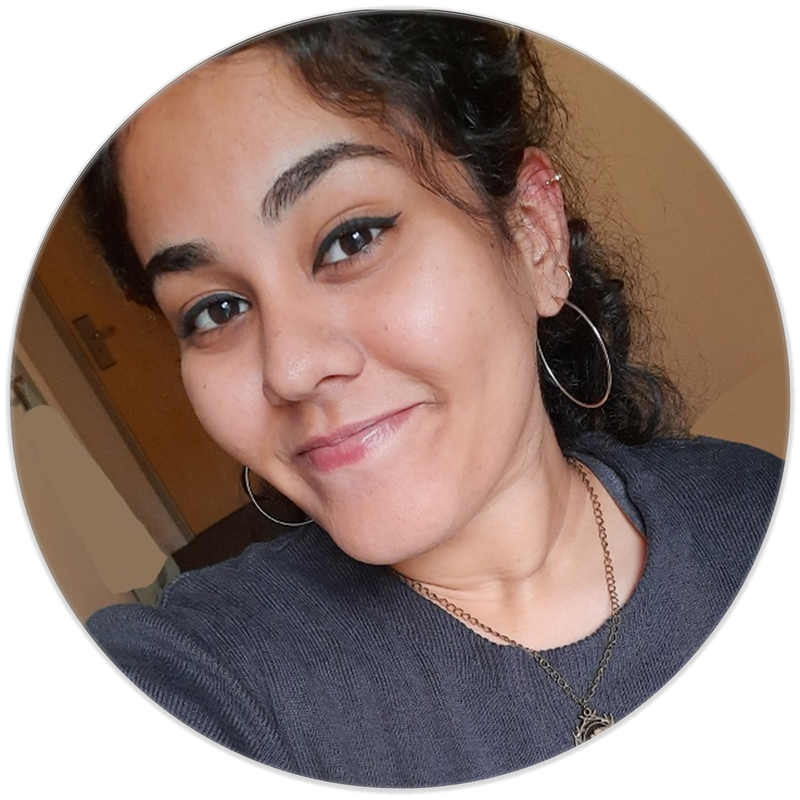Background
In May 2023, I completed my undergraduate degree in Advanced Zoology and Biotechnology in India. During my undergraduate studies, I developed a specific interest to learn more about microbial infections in the human body and the escalating rates of antimicrobial resistance strains of diseases were discussed during the lectures, which helped me realise the alarming gravity of the future we are heading towards. My academic background in the BSc Advanced Zoology and Biotechnology course has provided me with a solid foundation in the three courses that I believe are predominantly essential to this master’s course: Microbiology, Community health, and Biotechnology. When I started looking into master's programmes, which are certainly unique, the Masters in Antibiotic Resistance at the University of Sheffield caught my eye since it was in line with my goals, which are to contribute to the ongoing fight against antibiotic resistance. I realised that in order to make positive contributions to this field, I needed to deepen my knowledge regarding the clinical as well as the ethical aspects of AMR and I believe this course will benefit my personal as well as academic growth in the near future! 
Florey Research Project
"How does heterogeneity in a clonal population of Cryptococcus neoformans over varying growth time and alter their susceptibility to antifungals" My research project involves culturing Cryptococcus cells over varying growth hours such as 24,48 and 72 hours and observing the changes in their phenotypes which could potentially impact their behaviour when administered with antifungals and resistant cells as well, supervised by Dr Simon Johnston (https://thejohnstonlab.sites.sheffield.ac.uk/home). Immunocompromised individuals (such as those with diabetes or organ transplant recipients) and those with immunocompromising illnesses like HIV and SCID are at risk of contracting cryptococcosis. C.neoformans has been listed on WHO critical priority fungal pathogen since Cryptococcus has been affecting millions of people worldwide, particularly in low and middle-income countries due to unavailability of appropriate medications. We aim to investigate the phenotypic features of Cryptococcus cells, such as their cell wall, actin, and capsule, and we do this by staining the cells with fluorescent stains, measuring the different sizes and fluorescence intensity of the aforementioned elements, and observing the variations in them. The growth pattern of the cells was measured by counting them using Haemocytometer and by plating the counted cells onto YPD agar plate for checking their viability. We also anticipate monitoring changes in the immune system function of the mouse macrophages after introducing the Cryptococcus cells into it. I believe this research project has given me an array of abilities that will make me a more competent researcher with subject-specific knowledge regarding antimicrobial resistance along with wet lab experience and I would like to use these insights to address the ongoing challenges of AMR in order to deliver better healthcare in the future. |
The Team
|
